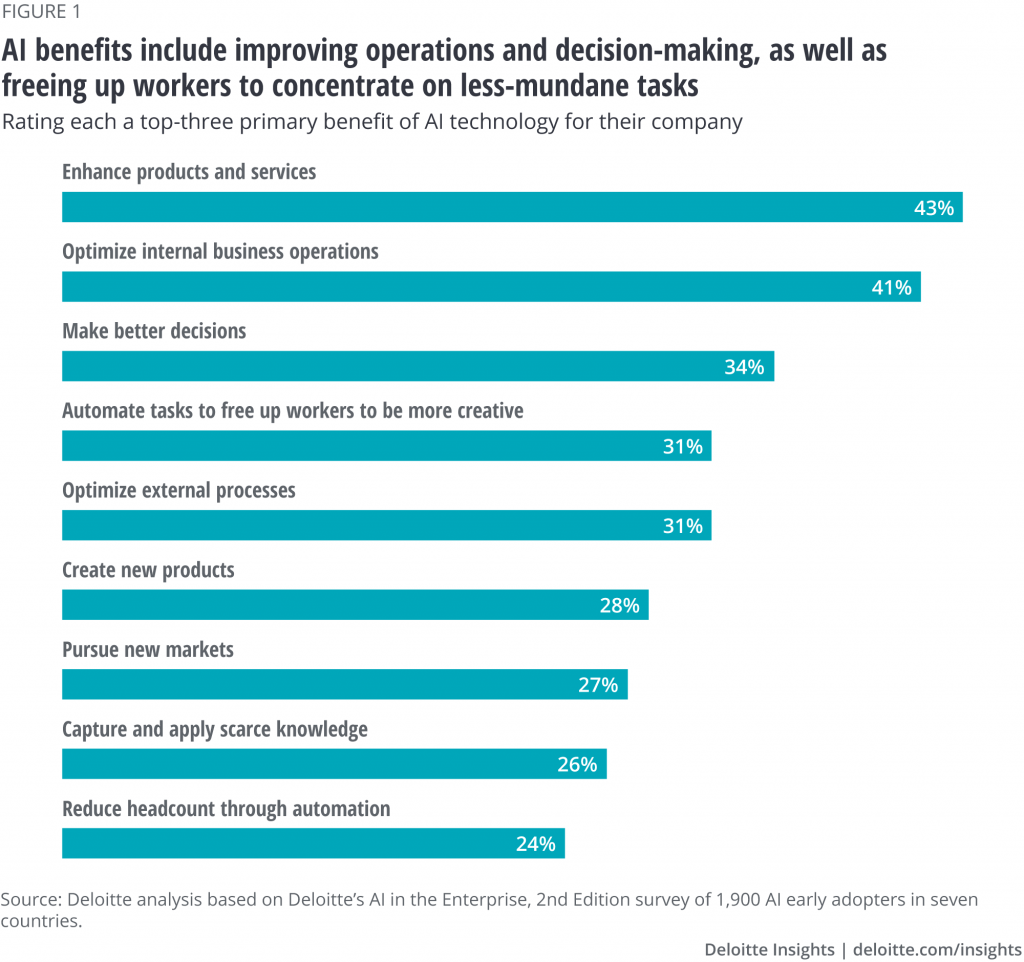Ensure effective execution of Digital Transformation Projects
Successful digital transformation projects are essential for organizations looking to stay competitive and relevant in today’s rapidly evolving digital landscape. Several critical success factors contribute to the effective execution of all digital transformation projects. Digital transformation is more than just a buzzword; it’s a strategic approach that helps organizations revolutionize their processes, systems, and customer experiences in this increasingly digital landscape.
Not all digital transformation projects are successful. Many fall flat due to various reasons such as lack of clear goals, resistance to change, or inadequate planning. So what sets apart those triumphant initiatives from the rest? What are the key success factors for digital transformation projects? Below are some key factors to ensure success:
Define digital transformation
Digital transformation is more than just adopting new technologies or implementing digital tools. It’s a holistic approach that encompasses the entire organization, its processes, and its mindset. At its core, digital transformation involves leveraging technology to fundamentally change how businesses operate and deliver value to their customers.
In simple terms, it’s about using digital solutions to drive innovation, streamline operations, enhance customer experiences, and stay ahead of the competition in today’s rapidly evolving market landscape. This can mean digitizing manual processes, automating tasks through artificial intelligence (AI) or machine learning (ML), embracing cloud computing for scalability and flexibility, or leveraging data analytics for actionable insights.
However, digital transformation goes beyond these technical aspects. It requires a shift in mindset and culture within an organization. It means fostering a culture of agility and adaptability where employees are encouraged to embrace change instead of resisting it. It also involves aligning business strategies with technological advancements to create new opportunities and unlock untapped potential.
Successful digital transformation projects not only focus on technology but also place equal emphasis on people and processes. They involve collaboration across various departments within the organization to ensure everyone understands the importance of the initiative and is actively working towards achieving common goals.
Defining digital transformation means understanding that it is not a one-time project with a fixed endpoint; rather, it is an ongoing journey of continuous improvement fueled by innovation and adaptation in response to ever-changing market dynamics.
Identify the success factors for digital transformation projects
Clear Vision and Strategy: A well-defined vision and strategy are fundamental for any digital transformation initiative. This involves understanding the organization’s goals, identifying areas for improvement, and defining the expected outcomes of the project.
Strong Leadership Support: Digital transformation requires strong support from top-level executives and leaders. They must champion the project, allocate resources, and communicate its importance throughout the organization. Without this support, it becomes challenging to navigate through the complexities of transformation.
Cross-Functional Collaboration: Successful digital transformation projects involve collaboration across different departments and teams. Breaking down silos and fostering communication between business units can lead to more integrated and effective solutions.
Agile and Adaptable Culture: An agile and adaptable culture is vital for embracing change and innovation. Employees should be encouraged to experiment, learn from failures, and continuously improve.
Talent and Skills: Ensuring that the organization has the right talent and skills is crucial. This may involve upskilling current employees, hiring new talent, or partnering with external experts.
Customer-Centric Approach: Keeping the customer at the center of the transformation efforts is key. Understanding customer needs, preferences, and pain points can drive the development of customer-focused solutions.
Data-Driven Decision Making: Leveraging data and analytics is essential for making informed decisions and identifying areas for improvement. Data-driven insights can optimize processes and enhance customer experiences.
Secure and Scalable Technology: Selecting the right technology infrastructure and tools is critical. The chosen solutions should be secure, scalable, and aligned with the organization’s long-term goals.
Change Management and Communication: Managing change effectively is necessary to address employee concerns and ensure a smooth transition. Open communication and regular updates can help gain buy-in from employees.
Measurable Objectives and KPIs: Establishing clear and measurable objectives, along with Key Performance Indicators (KPIs), allows the organization to track progress and determine the project’s success.
Risk Management: Identifying potential risks and having a plan to mitigate them is crucial. Risk management strategies can help prevent project delays and unexpected setbacks.
Continuous Evaluation and Improvement: Digital transformation is an ongoing process. Regularly evaluating the project’s progress, learning from the results, and making necessary adjustments are essential for sustained success.
Whether it’s embracing emerging technologies or optimizing internal processes, the rewards of a well-executed digital transformation can be substantial. By focusing on these critical success factors, organizations can increase the likelihood of successful digital transformation projects that drive growth, efficiency, and innovation. It enables businesses not only to survive but thrive by staying ahead of competitors.

